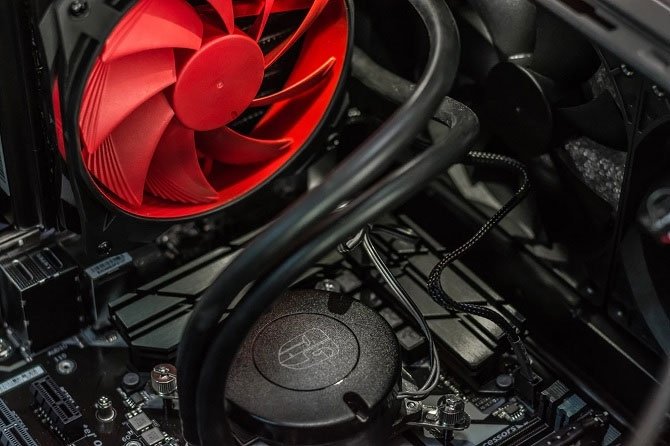
What CPU temperature is safe? 2
Are you worried about computer temperature?
Although heat affects performance, computer temperatures are rarely high enough to interfere with daily use.
Internal fans may also be noisier than usual, which means they work faster in an effort to lower motherboard and processor temperatures.
The computer has a fail-safe, which turns off overheating components to prevent permanent damage from overheating.
If you can open the inside of the computer, unplug it from the main power source, then gently touch the components.
Computers are designed to operate at maximum capacity at room temperature, a comfortable room, neither too hot nor too cold.

So what is the normal computer temperature?
Cold temperatures are certainly not as dangerous as extreme heat.
It would be good to regularly pay attention to the CPU.
The CPU will run at a temperature higher than room temperature, so don’t worry if you see a higher number.
So how hot can a CPU get?
Keeping your computer environment cool is important.
Other simple solutions include changing your surroundings.
Laptops are easier to cool than desktops, but they also generate heat more easily due to smaller heatsinks and narrower vents.
If you are worried about the CPU overheating, you can install a separate fan.
(According to QTM)






